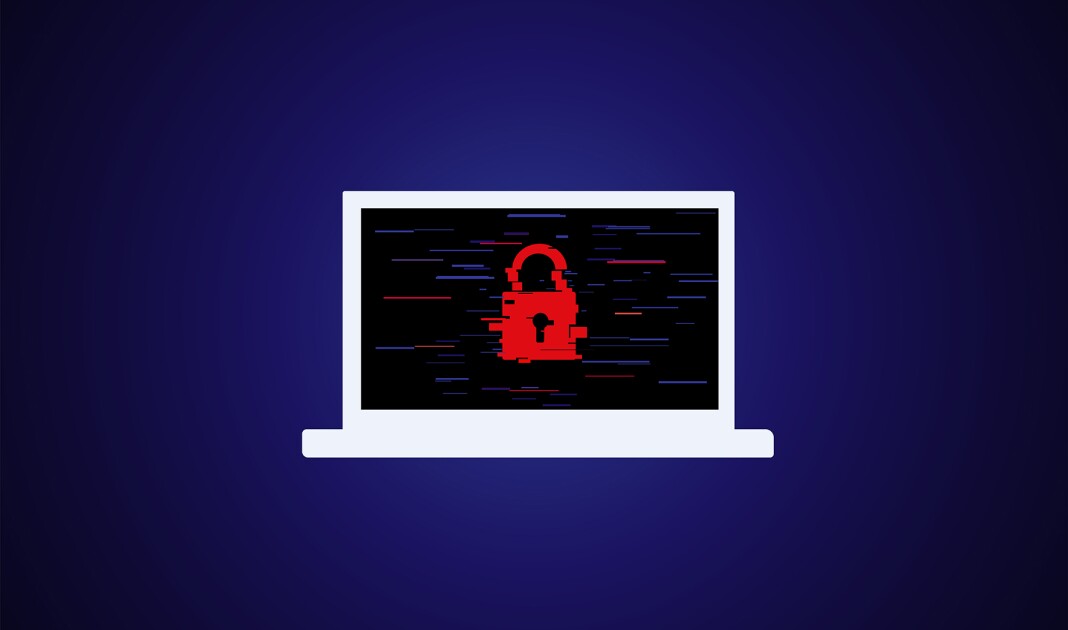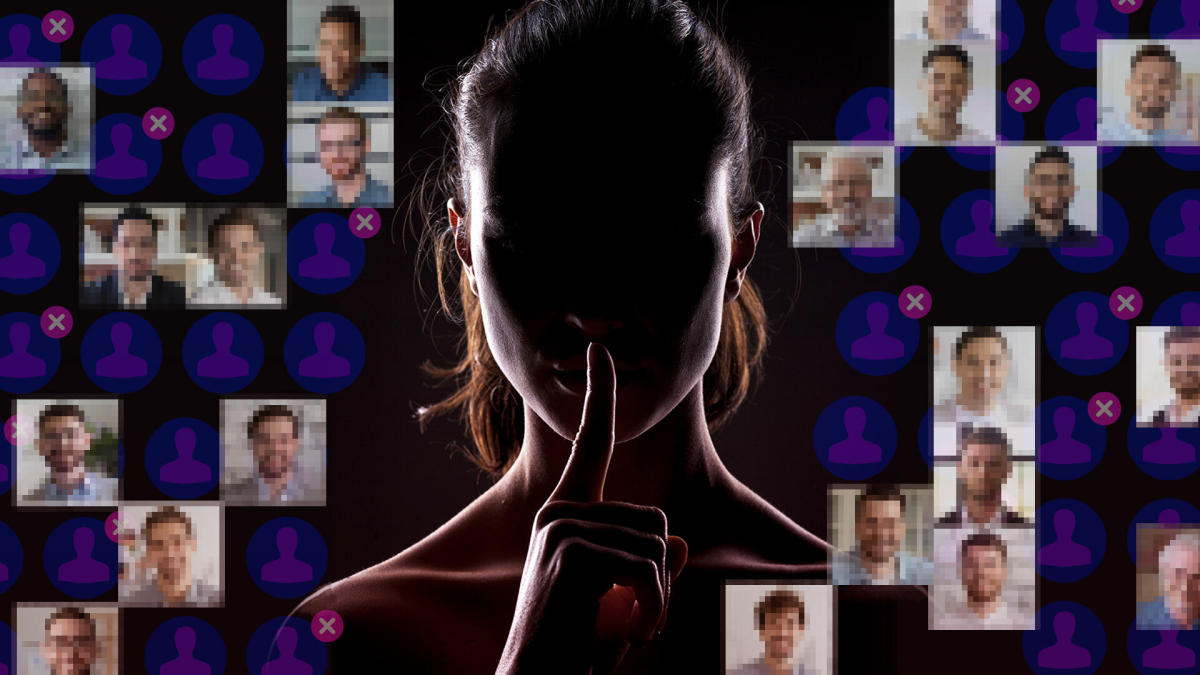Schools Are a Top Target of Ransomware Attacks, and It’s Getting Worse
Ransomware and other cyberattacks on K-12 schools are increasing, especially as districts lean further into technology use for teaching, learning, and other school operations.
Eighty percent of school IT professionals reported that their schools were hit by ransomware in the last year, according to a global survey of 3,000 IT/cybersecurity leaders conducted by cybersecurity company Sophos between January and March. That’s up from 56 percent from the 2022 survey.
School IT professionals were also more likely to report that they’ve experienced ransomware attacks than IT professionals from other industries, according to the survey, which included responses from 200 IT professionals from the K-12 sector.
“Given the resource challenges facing schools, we’ve accumulated a lot of sort of technical debt that is going to make better defending school communities from these threats a challenging endeavor,” said Doug Levin, the national director of the K12 Security Information Exchange, a nonprofit focused on helping K-12 schools prevent cyberattacks.
In a ransomware attack, cybercriminals break into a district or school’s network and take data and encrypt it, preventing the district from accessing the data. Attackers will decrypt and return the data if the district or its insurance company pays a ransom. Attackers typically threaten to release student and employee data to the public if they aren’t paid.
For instance, after a ransomware attack on Los Angeles Unified last year, hackers published highly sensitive mental health records of current and former students. And after a breach at Minneapolis Public Schools in March, a cyber gang published files detailing campus rape cases, child abuse inquiries, student mental health crises, and suspension reports, according to The 74.
Guidance from the FBI and the federal Cybersecurity and Infrastructure Security Agency discourages paying the ransom because it doesn’t guarantee that the data will be decrypted or that the systems will no longer be compromised. Paying the cyber criminals also encourages hackers to target more victims.
But the question of whether or not to pay ransom does not always have a simple answer, especially for school…


